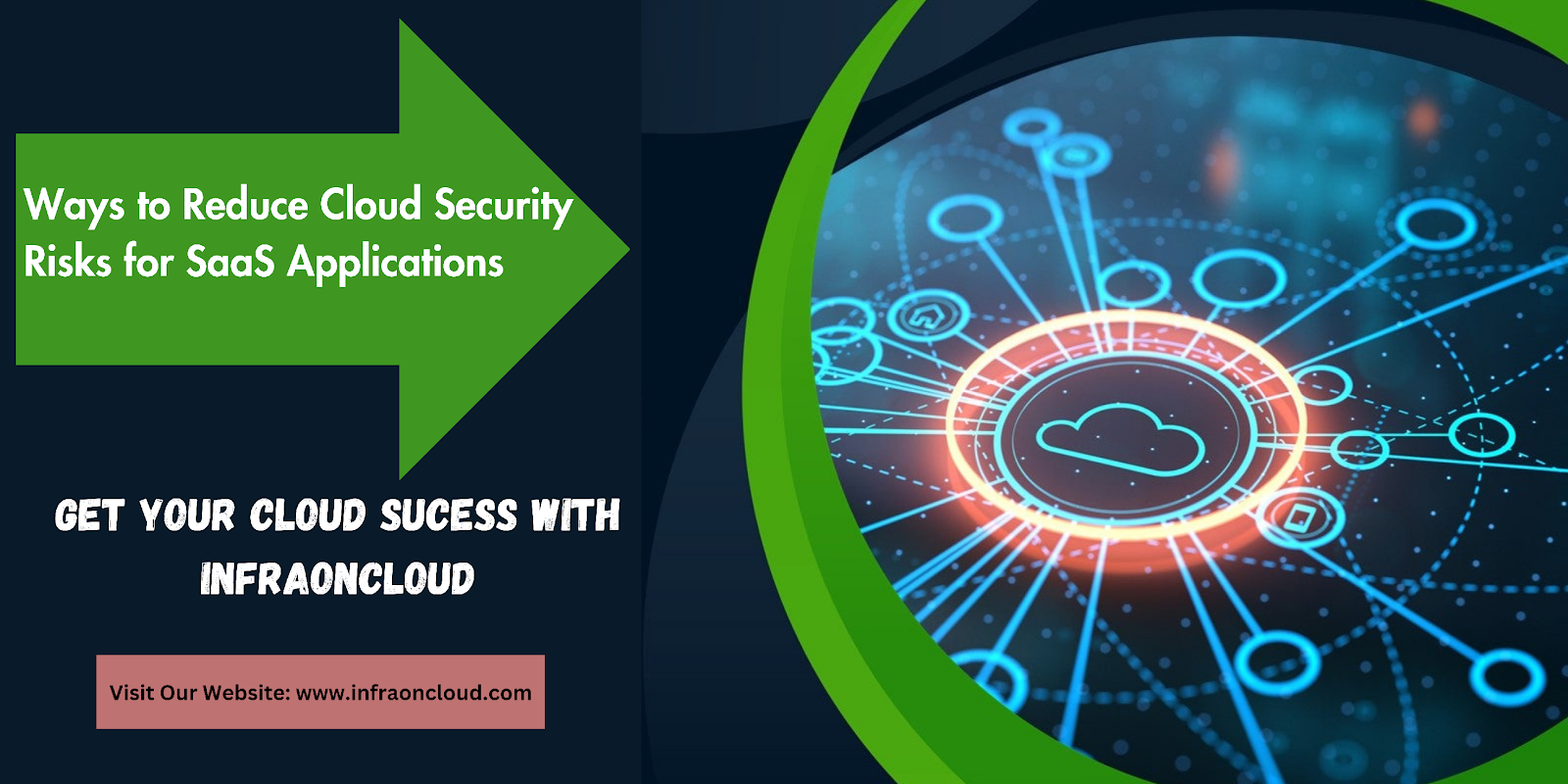Strong security measures are essential for securing sensitive data and preventing cyberattacks while using Software as a Service (SaaS) apps. In this blog, we review efficient techniques for reducing cloud security risks for SaaS apps, improving overall data security, and minimizing potential weaknesses.
Security Challenges for SaaS:
Businesses nowadays are mostly concerned with data and business procedures, such as transactions, pricing data, and records. A public cloud computing service is being used by the SaaS providers, and all of the data may be maintained with other SaaS apps.
Here is a list of the top SaaS security issues:
- Risk of data access and uncertainty.
- Lack of transparency.
- Identity theft.
- Not knowing where your data is located.
- There is no direct control over your personal information.
- Making long-term, upfront payments.
Effective ways to reduce SaaS application cloud security risks:
Strong Access Controls and User Authentication: User identity verification is improved by the implementation of robust authentication techniques like single sign-on (SSO) and multi-factor authentication (MFA). By carefully implementing least privilege-based access rules, allowing user permissions only for necessary operations and data resources.
Encrypting Data Both in Transit and at Rest:
Use encryption technologies such as Transport Layer Security (TLS) to protect user-to-SaaS application server data transfers. To avoid unwanted access and data breaches, encrypt critical information stored on the SaaS platform using strong encryption techniques.
Regular Compliance Verification and Security Audits:
Identify and resolve potential vulnerabilities and make sure that regulatory standards like GDPR, HIPAA, and PCI DSS are being followed by conducting regular security audits and compliance assessments. Use vulnerability evaluations and automated scanning technologies to find security flaws early on.
Reliable Configuration Management:
Make sure the SaaS application and related infrastructure are set up securely, adhering to the cloud service provider’s recommended best practices. To reduce the possibility of errors that could allow unauthorized access to sensitive data, routinely check and update configuration settings.
Continuous Monitoring and Event Handling:
Use reliable monitoring tools to quickly identify any potential security breaches and suspicious behavior. To enable quick incident response and security incident mitigation, use Security Information and Event Management (SIEM) solutions to collect and analyze security logs.
Security Awareness Training for Employees:
Focus on the importance of data protection and confidentiality while educating employees on security standards and potential hazards related to SaaS apps.
Disaster Recovery and Data Backup Techniques:
Implement disaster recovery plans and strong data backup procedures to guarantee business continuity in the case of data loss or service interruptions. Evaluate backup and recovery protocols on a regular basis to ensure their reliability and efficiency.
Organizations may enhance data protection, maintain regulatory compliance, and significantly reduce cloud security risks related to SaaS applications by implementing these comprehensive measures into practice. Always keep in mind that, in the constantly changing digital environment, proactive security measures are crucial for protecting sensitive data and preventing potential risks.
![]()

